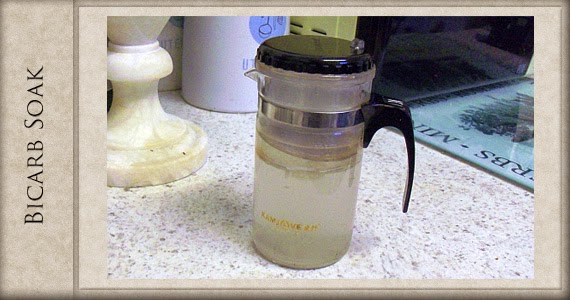Well, a couple of weeks ago I was invited by a friend to visit her
at her daughter’s house in London. Naturally I was not about to go
without my teas, so the Kamjove and my nice new little tea cup (which
I shall review later) and a small selection of tea travelled with me.
I’m fortunate to have known them for a long enough that they
tolerate my little foibles.
So, how did it fare? I have to say that I was very pleased – it
allowed me to keep making my nice teas while taking up very little
space and making very little mess (I hope! At least, nobody
complained). Having arrived mid afternoon, and leaving a little later
the next day, I would say that this saw about a day’s worth of
constant use – at least as much use as it would get over a day at
work.
While the mechanism worked just fine – and even rinsing bits of
leaves from under the filter wasn’t too hard – where it does have
a problem is staining. Clear plastic parts and the filter itself are
a magnet for tea stains and because you can’t disassemble it,
you’ll have to look to soaking to solve that problem.
I’ve taken a rather old fashioned approach and used bicarbonate
of soda. A heaped teaspoon went into the glass jug and then hot water
was added though the filter until both the jug and mechanism were
full – then I added another teaspoon to the filter chamber. After
leaving it to fizz and soak for a few hours I came back and gave
everything a good rinse and the parts a light scrub using a
toothbrush (a very handy washing-up tool!).
You can see from the before and after pictures that the soak did
the trick rather nicely. I doubt that the Kamjove will ever have
quite the same gleam as it is did when brand new but this has done
the job of making it look and feel clean and presentable again.
If the move to our new office goes
ahead as planned, then the Kamjove may have to become a bit of a work
horse – I drink a lot of tea – and so it shall probably require
that I soak and scrub it this way every night after use. A small
price to pay to enjoy my teas though.


















